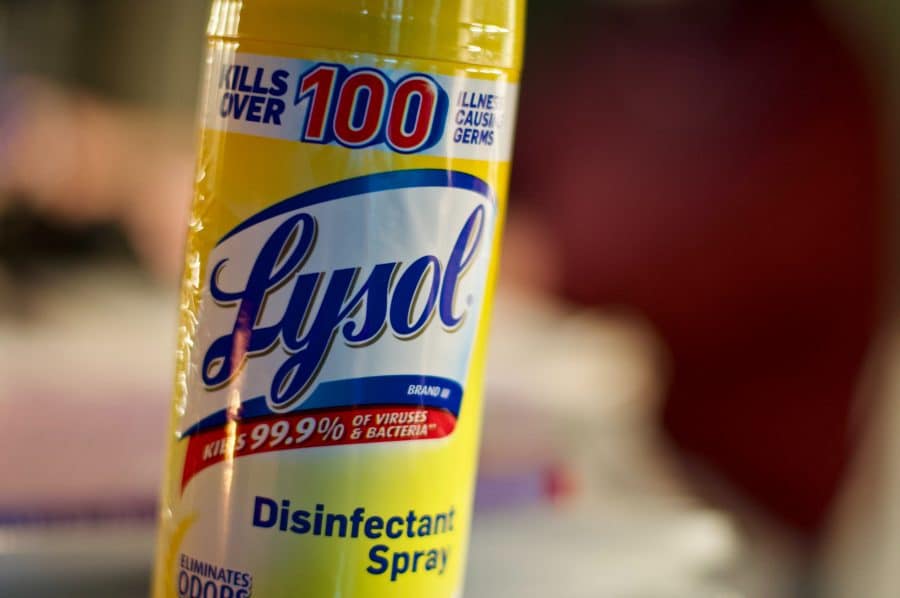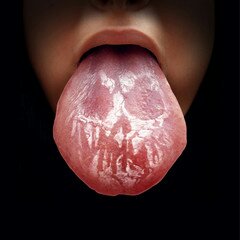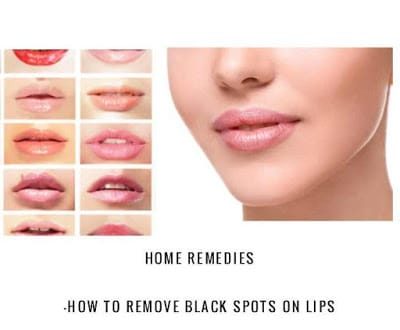What was Lysol used for before now? This question has plagued many minds for obvious reasons. Lysol is one of the most effective anti-microorganisms available in the world today. Since its inception and under differing names in different countries, its active ingredients have been changed but it has retained its quality over time. It is reputed to effectively kill bacteria and viruses on impenetrable surfaces.
Quick Facts About Lysol
Nowadays, Lysol is largely used as a disinfectant, used to wipe many home surfaces clean. But, was that its use when it was first produced? How has its use change over time and what has contributed to these changes? Lysol has been around, and has witnessed some epidemics. Have these epidemics made the manufacturers change the active ingredients from time to time as the market dictates?
In this article, you will find the answer to the question the title of this publication poses; What was Lysol Originally Used For? You will also get to know what the modern use of Lysol is and how it differs from its original use.
What is Lysol?
Lysol is a disinfectant that is made by the same distributors of the popular Dettol, also called Sagrotan. It is a liquid-based disinfectant that has been in existence since 1889 and is used for removing microorganisms from surfaces in different parts of the house, to improve the health and cleanliness of the house, making its inhabitants less at risk of contracting an ailment due to the action of microorganisms.
Lysol is commonly available disinfectant wipes, disinfectant sprays, and concentrate disinfectant to clean surface bacteria and air bacteria. As milder cleaners, it is available as Mold and Mildew Remover, Multi-surface cleaner, power and free, all-purpose cleaner, bathroom and toilet cleaner, and as hand soaps.
Ingredients of Lysol
One must wonder what makes Lysol so effective in removing bacteria and other microorganisms from the air and surfaces. With the different products under the same brand name, there are different ingredients that help achieve its aim of helping individuals rid their space of microorganisms.
Lysol employs the use of hydrogen peroxide in its Power & Free product for cleaning. The cleaning products also contain about 2% isopropyl alcohol – it gives it the strong odor it oozes, about 3% ethanol to act as sanitizer, lactic acid, and Alkyl dimethylbezylammonium chloride to act as an antiseptic.
One ingredient that stands out in Lysol is benzalkonium chloride. It is present in many Lysol products and is considered toxic.
While these ingredients aid in making the immediate environment free of disease-causing microorganisms, they do more than that in some unintended use.
What Lysol was Originally used for – History?
Lysol was not originally made to be used in homes, it was so strong that it was used in hospitals, majorly. However, its use spread to homes and with that came some negativities.
Lysol was first manufactured in 1889 to help address the cholera epidemicthat held Germany. It was used to wash surfaces, clean tools used in treating cholera patients to prevent its spread. However, after the epidemic, Lysol found its way into homes as disinfectants. Its efficacy wasn’t in doubt and it was widely embraced until it became the most common means for people to commit suicide, especially in the United States of America and Australia. One of its active ingredients, benzalkonium chloride is slightly toxic to mammals, but very toxic birds, amphibians, and fish. It made this record in 1911.
However, in 1918, when the Spanish flu pandemic surfaced, Lysol was advertised to help with the disease when it is used to wash everything that has come in contact with the infected people and the sick-room. Small portions that can make a 5 gallons disinfectant solution, were sold to individuals while factories and farms purchased bigger portions that easily make 50 gallons of disinfectant solution.
As the years progress, the active ingredient, cresol, in the early Lysol was responsible for abortions, unknown to the medical world. However, in the 1960s, the use of cresol as an abortifacient was acknowledged and the possibility that it could cause sepsis and renal failure was established.
In summary, the original use of Lysol was to aid Germany in its recovery from cholera. It was thereafter used to as disinfectant during the 1918 Spanish Flu pandemic and afterwards as abortifacients.
Current Use of Lysol
Today, Lysol – a household name – got recognized and was brought to the limelight once again due ta statement made by the former president of the United States of America concerning its efficacy in dealing with COVID 19. Although Lysol is commonly used as a disinfectant, its efficacy against the corona virus had not been known (it is still sketchy now), and the statement caused some uproar around the world, and in the United States of America.
Its use as a disinfectant is still ongoing today. However, according to an independent third party, as stated by Lysol’s official website, it is capable of killing the causative agent of COVID 19, SARS-CoV-2, as long as it remains on a non-porous surface.
Conclusion
Cleanliness is an important part of remaining healthy. However, some of the disinfectants in use today have been used for different purposes in the past, casting a shadow of toxicity on them. Lysol, being one of the common disinfectants, and having lasted over a hundred years, has been used for some not-so-safe things in the past and is still in use in many homes today.
This article has provided the information on the ingredients that have been considered to be toxic in the past. If you find it worrisome that they still remain in the ingredients of the Lysol you use in your home, take extra care and keep out of reach of children.



